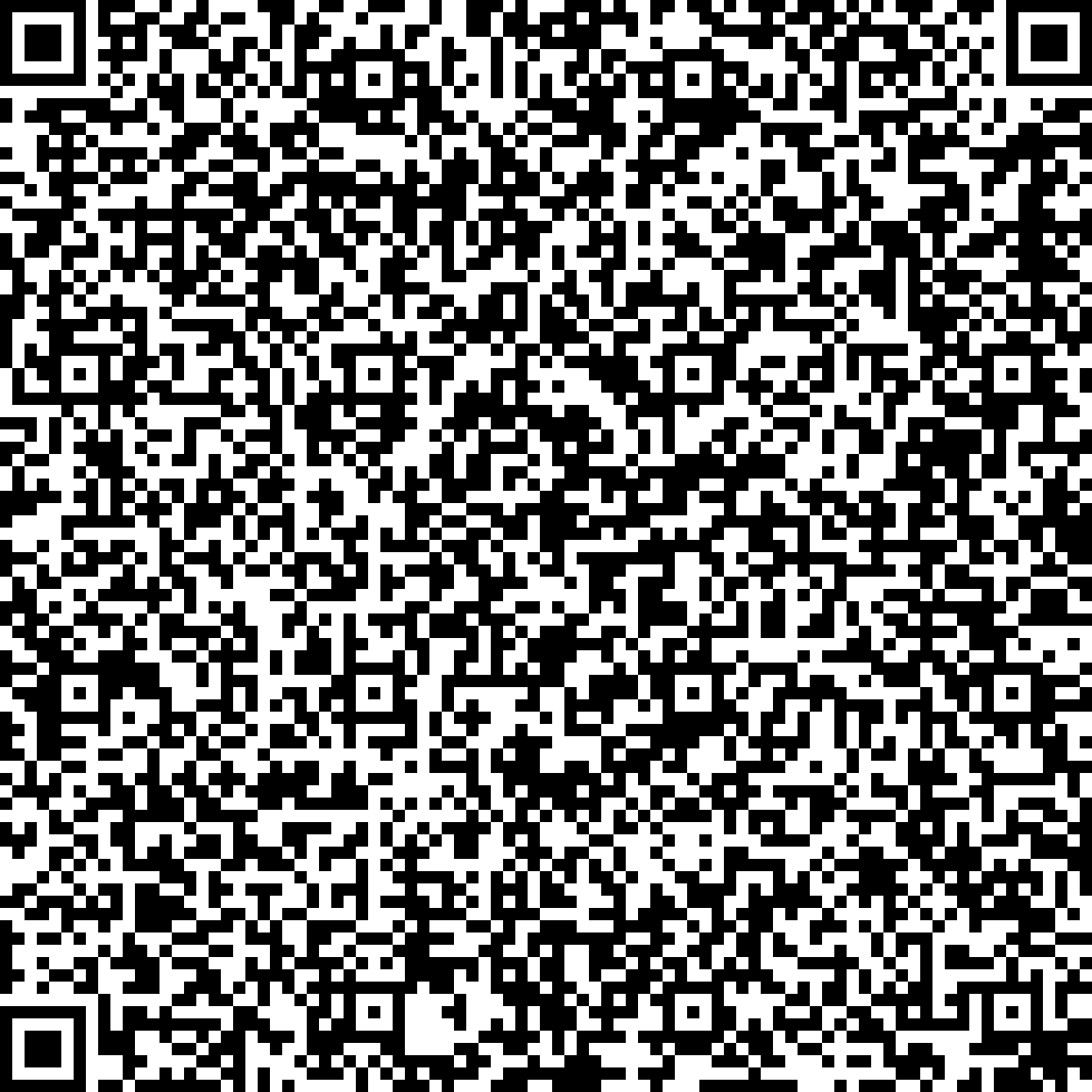

Van der Waals magnets have emerged as a powerful platform for exploring fundamental spin physics and potential applications in electrical and optical-driven spin-based devices. The ease of control of magnetic properties via external control knobs makes them particularly useful. In this talk, I will highlight our recent progress in tuning the magnetic properties of the newly discovered magnetic semiconductor CrSBr through uniaxial strain. This includes the coupling of exciton and interlayer magnetism, the reversible switching of antiferromagnetic to ferromagnetic phase transitions, and the strain-tuning of coherent spin waves (magnons) through optical spectroscopy of excitons. Lastly, I will discuss a strain-controlled van der Waals magnetic tunnel junction with programmable magnetic memory and probabilistic bit functionality, which holds potential for new memory and computing technologies.
References
1.
John Cenker, Dmitry Ovchinnikov, Harvey Yang, Daniel G. Chica, Catherine Zhu, Jiaqi Cai, Geoffrey Diederich, Zhaoyu Liu, Xiaoyang Zhu, Xavier Roy, Ting Cao, Matthew W. Daniels, Jiun-Haw Chu, Di Xiao, Xiaodong Xu, “Strain-Programmable van der Waals Magnetic Tunnel Junctions”, https://arxiv.org/abs/2301.03759.
2.
Geoffrey M Diederich, John Cenker, Yafei Ren, Jordan Fonseca, Daniel G Chica, Youn Jue Bae, Xiaoyang Zhu, Xavier Roy, Ting Cao, Di Xiao, Xiaodong Xu, “Tunable Exciton-Hybridized Magnon Interactions in a Layered Semiconductor”, Nature Nanotechnology, 2022 https://doi.org/10.1038/s41565-022-01259-1.
3.
John Cenker, Shivesh Sivakumar, Kaichen Xie, Aaron Miller, Pearl Thijssen, Zhaoyu Liu, Avalon Dismukes, Jordan Fonseca, Eric Anderson, Xiaoyang Zhu, Xavier Roy, Di Xiao, Jiun-Haw Chu, Ting Cao, Xiaodong Xu, “Reversible Strain-Induced Magnetic Phase Rransition in a van der Waals Magnet”, Nature Nanotechnology, 2022, 17, 256–261.
4.
Youn Jue Bae, Jue Wang, Allen Scheie, Junwen Xu, Daniel G. Chica, Geoffrey M. Diederich, John Cenker, Michael E. Ziebel, Yusong Bai, Haowen Ren, Cory R. Dean, Milan Delor, Xiaodong Xu, Xavier Roy, Andrew D. Kent, Xiaoyang Zhu, “Exciton-Coupled Coherent Magnons in a 2D Semiconductor”, Nature 2022, 609, 282–286.
5.
Nathan P. Wilson, Kihong Lee, John Cenker, Kaichen Xie, Avalon H. Dismukes, Evan J. Telford, Jordan Fonseca, Shivesh Sivakumar, Cory Dean, Ting Cao, Xavier Roy, Xiaodong Xu, Xiaoyang Zhu “Interlayer Electronic Coupling on Demand in a 2D Magnetic Semiconductor”, Nature Materials, 2021, https://doi.org/10.1038/s41563-021-01070-8.
Xiadong Xu is a Boeing Distinguished Professor at the Department of Physics, and Department of Materials Science and Engineering at the University of Washington, Seattle, USA. He got his BS and PhD degree in physics from University of Science and Technology of China (2002) and University of Michigan, Ann Arbor (2008), respectively. He joined the University of Washington in 2010 after his postdoc at Cornell University.


Van der Waals magnets have emerged as a powerful platform for exploring fundamental spin physics and potential applications in electrical and optical-driven spin-based devices. The ease of control of magnetic properties via external control knobs makes them particularly useful. In this talk, I will highlight our recent progress in tuning the magnetic properties of the newly discovered magnetic semiconductor CrSBr through uniaxial strain. This includes the coupling of exciton and interlayer magnetism, the reversible switching of antiferromagnetic to ferromagnetic phase transitions, and the strain-tuning of coherent spin waves (magnons) through optical spectroscopy of excitons. Lastly, I will discuss a strain-controlled van der Waals magnetic tunnel junction with programmable magnetic memory and probabilistic bit functionality, which holds potential for new memory and computing technologies.
References
1.
John Cenker, Dmitry Ovchinnikov, Harvey Yang, Daniel G. Chica, Catherine Zhu, Jiaqi Cai, Geoffrey Diederich, Zhaoyu Liu, Xiaoyang Zhu, Xavier Roy, Ting Cao, Matthew W. Daniels, Jiun-Haw Chu, Di Xiao, Xiaodong Xu, “Strain-Programmable van der Waals Magnetic Tunnel Junctions”, https://arxiv.org/abs/2301.03759.
2.
Geoffrey M Diederich, John Cenker, Yafei Ren, Jordan Fonseca, Daniel G Chica, Youn Jue Bae, Xiaoyang Zhu, Xavier Roy, Ting Cao, Di Xiao, Xiaodong Xu, “Tunable Exciton-Hybridized Magnon Interactions in a Layered Semiconductor”, Nature Nanotechnology, 2022 https://doi.org/10.1038/s41565-022-01259-1.
3.
John Cenker, Shivesh Sivakumar, Kaichen Xie, Aaron Miller, Pearl Thijssen, Zhaoyu Liu, Avalon Dismukes, Jordan Fonseca, Eric Anderson, Xiaoyang Zhu, Xavier Roy, Di Xiao, Jiun-Haw Chu, Ting Cao, Xiaodong Xu, “Reversible Strain-Induced Magnetic Phase Rransition in a van der Waals Magnet”, Nature Nanotechnology, 2022, 17, 256–261.
4.
Youn Jue Bae, Jue Wang, Allen Scheie, Junwen Xu, Daniel G. Chica, Geoffrey M. Diederich, John Cenker, Michael E. Ziebel, Yusong Bai, Haowen Ren, Cory R. Dean, Milan Delor, Xiaodong Xu, Xavier Roy, Andrew D. Kent, Xiaoyang Zhu, “Exciton-Coupled Coherent Magnons in a 2D Semiconductor”, Nature 2022, 609, 282–286.
5.
Nathan P. Wilson, Kihong Lee, John Cenker, Kaichen Xie, Avalon H. Dismukes, Evan J. Telford, Jordan Fonseca, Shivesh Sivakumar, Cory Dean, Ting Cao, Xavier Roy, Xiaodong Xu, Xiaoyang Zhu “Interlayer Electronic Coupling on Demand in a 2D Magnetic Semiconductor”, Nature Materials, 2021, https://doi.org/10.1038/s41563-021-01070-8.
Xiadong Xu is a Boeing Distinguished Professor at the Department of Physics, and Department of Materials Science and Engineering at the University of Washington, Seattle, USA. He got his BS and PhD degree in physics from University of Science and Technology of China (2002) and University of Michigan, Ann Arbor (2008), respectively. He joined the University of Washington in 2010 after his postdoc at Cornell University.